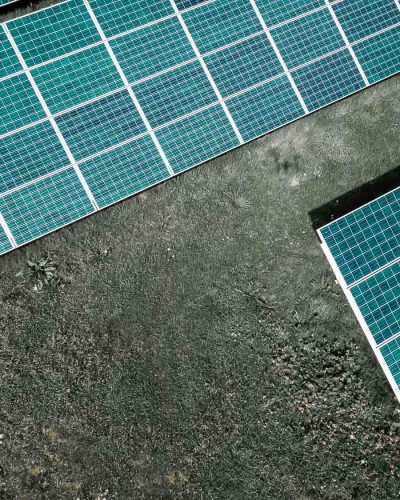The new EU-funded project ebalanceplus will tackle technical, economic and social aspects of the smart grids, aiming to increase their flexibility and resilience.
Traditionally, electricity was mostly generated by fossil power plants in non-urban locations and was mostly consumed in urban environments. As long as there was enough fossil fuel in the stock, the generation and the demand could be easily matched.
The energy sector requires a deep transformation to meet the demands of future. ebalanceplus will create an energy balancing platform, which is an important step in this process. “The platform collects and provides information about generation and consumption of the electricity to a variety of stakeholders in the electricity system. This allows them to create more accurate prediction models and incentives for the end-users, avoid grid congestion and improve the grid performance,” says Juan Jacobo Peralta Escalante from CEMOSA. The platform will also ensure the interoperability of different energy systems, unlocking the potential flexibility of the electric grid.
The ebalanceplus consortium brings together 15 partners – research centers, SMEs and industry representatives – from 10 countries. They will work together to increase flexibility of energy grids, test new business models and support key stakeholders with tailored enduser interfaces. They will test a variety of solutions in four real pilots – Spain, Italy, France and Denmark. To ensure the adequacy of the solutions, additional in-lab tests will tackle security and safety issues. The European Union supports the project within the Horizon 2020 framework with almost 10 million Euro for 42 months.
Why ebalanceplus ?
What differentiates ebalanceplus from many other smart grid projects is its social and market focus. “The project is solving the problems of tomorrow. Many of the solutions are exotic to the users today and may even seem irrelevant”, says Jaroslaw Kowalski, who studies the social aspects of human interaction with technology in NIPI, the National Information Processing Institute in Poland. “It is important for us to consider the needs and concerns of people, whose lives will be affected by these innovations in order to increase the chances of the technology adoption by the market.”



